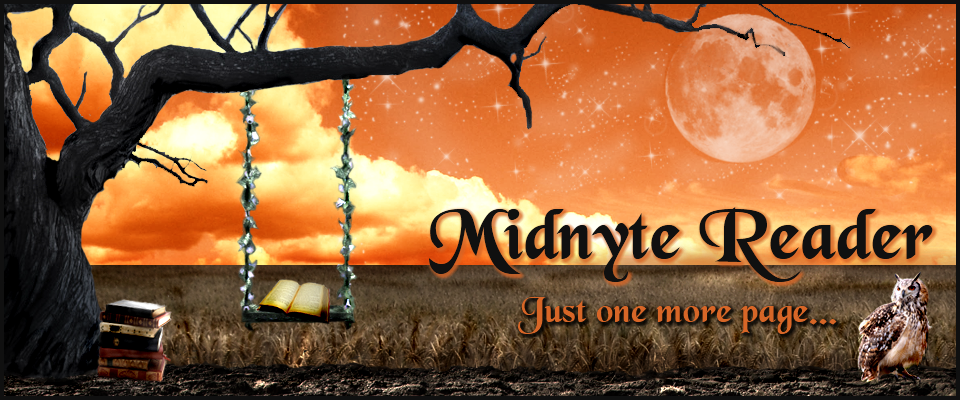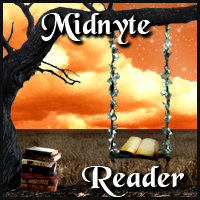And it made me think that Twilight – The One Saga To Ruin Them All – was part of a deeper, darker problem, more in tune with the horror genre than fantasy. And that problem was the removal of the stigma of being a “monster.”
Who wouldn’t want to be a vampire or werewolf in today’s world? Live forever, eat what you want, no restrictions on when you can be out and about, strong and young and vital for all eternity? Sign me up!
There’s just one, teensy, weensy, little problem.
These “monsters” aren’t scary.
Today’s writers find themselves with an open forum for their creatures. The deterioration of organized religion and the age of political correctness have defanged modern monsters. In their place is the new romance, vampires who live without restrictions, drink blood when convenient, and whom everyone wants to be like. Werewolves change from human to wolf form in the blink of an eye, without all that messy and agonizing reshaping of bones and musculature. Frankenstein? Hell, give him 100,000 Facebook likes and some cosmetic surgeon will turn him into Clooney 2.0 free of charge.
Other than Stephen King, who of today’s writers has what it takes to make you wish your night-light was a little bit brighter? And to be quite honest, most of his recent work leaves me sleeping like a baby. The genre has become too accepting of writers who wish to take their subjects off the range and re-write the rules of the supernatural world. And don’t even get me started on writers who romanticize creatures whose job it is to use humanity as a herd of cattle. Read the scenes in Dracula where his brides attack Jonathan Harker, or when Dracula himself forces Mina to drink his blood. Romantic? Hardly!
In fact, before you read any vampire novel written after 1960 (excepting, of course, Stephen King’s Salem’s Lot; “The King” did that one right) force yourself to read Bram Stoker’s Dracula. Okay, I admit, the writing and vocabulary are – challenging – to say the least. The book is dated. It should be; it’s 117 years old. Get over it. But it’s important to understand that for vampires – and by extension writers writing about vampires – this book is-and-should-be the bible. Yes, Stoker borrowed slightly from John Polidori’s The Vampyre and more notably from Joseph Sheridan Le Fanu’s Carmilla, but neither of those short stories truly delved the depths of vampire lore. Stoker took what had been previously written, investigated it, looked into the regional and religious beliefs around it, and ultimately codified it by defining the curse (remember this word, I’ll get back to it) and the ramifications to its victims (word #2 to remember). To put a ribbon on it, he even tied it to an actual historical figure. Dracula is, simply put, a masterpiece. Think of the effort behind it. In today’s world of “lol”, “OMG,” and 140 character limitations, who can even think about writing from seven or eight different points of view, injecting news clippings and correspondences and keeping it both coherent and chronologically sound? Forget writing, try to outline it. I dare you.
Werewolves have had a harder go at it from a literary standpoint. Other than Stephen King’s (who else?) Cycle of the Werewolf, name me a great werewolf novel. There isn’t one. Lacking the bedrock novel – like Dracula is for vampires – werewolves have always been relegated to the random whims of authors. And there is a reason for the lack of a great novel. The subject is too big. I mean, it’s freaking massive. Literally every civilization and culture on the face of the earth has some kind of folklore of a beast living inside each man or woman. Whether it’s the Native America skin walkers, the French loup-garou, the Chinese Lang Ren, the African ilimu or the Mexican nahaul, legends of humans taking different animal forms by different means and for different reasons proliferate around the globe. In some cases the change is at will, while in others it is the result of a curse. The change can be initiated via magic, environmental changes (i.e., the full moon) or some kind of potion or chemical. In some cultures the creature is a wolf, others a big cat, a bird of prey or some other large, aggressive animal. In some legends the creature is a monster, in others a protector (the Irish and Scottish selkie are were-seals that are said to watch over fishermen), while in some others it’s an avenger (the South American kanima is said to prey primarily on murderers). With so many different sources, creatures, causes and motivations, having a unified or unifying novel seems to be nearly impossible.
So for the moment, let us deal with motion pictures and popular horror’s most common werewolf, the archetypal forced-to-transform-under-the-full-moon werewolf. This poor individual is cursed (there’s that word again) and as a result loses control of himself and his faculties under the full moon. His hunger is insatiable, and his rage is uncontrollable. In some cases, it is possible that the victim (remember, word #2) of the curse may not even know he is a monster. And just how, pray tell, does a man transform into a wolf? For that, I refer you to the body-cast and pneumatic driven transformation in the underrated movie, “An American Werewolf in London.” David Naughton provides his finest performance (okay, granted, not a great challenge, but still) portraying the agony and terror as his body is twisted and changed into its new form. In contrast, though Lon Chaney Jr.’s transformation in “The Wolf-man” was seemingly painless (he merely became a wolf in human form), special effects of the time required him to stand perfectly still as stop-action photography shot his face, frame by frame, while make-up artists glued on yak-hair. It’s tough to act when you can’t move.
The fear these creatures – Stoker’s vampire and movie’s werewolves – inspire is shown in both the randomness of the victim-ology and the inherent likelihood of inheriting the curse. Catch a vampire’s eye and you become his midnight snack. Literally. Die at night after being infected by the vampire, and you become a vampire, regardless of the passage of time. You’ll be subject to the pain of your body’s physical death, and then forced to endure unbearable thirst and the destruction of your very soul. Your movements are hampered (try entering a house without being invited or crossing over moving water), you show visible signs of the curse (check your palms) and just try working on your tan (bring a big bottle of SPF 10,000,000).
Or, try to survive a bite from a werewolf, which in most cases involves surviving a complete evisceration. Come the next full moon you’ll feel your bones twist and reshape themselves, feel your muscles tear and pull, and you’ll emerge as an injured, angry animal, hungry and savage and ready to attack whatever it can find. If you live in the woods it shouldn’t be a problem, at least not until you wake up surrounded by real wolves, feral animals that are likely to quickly realize that you’re not one of them. But, if you live in the city, well, be prepared to make a lot of headlines. And enemies, like police, cars, buses . . . . Either way, you’re not likely to live long.
And that is what the real fear is about. These creatures are cursed. Their lives are unnatural; the vampire and the werewolf are both as much a victim as a monster. Dracula was once as human as you or I. The cost of his curse was his humanity as the monster he became destroyed his soul. Werewolves have an even worse survival rate, as their drive to preserve their humanity is often what kills them.
In the end, writers write, readers read, and the marketplace chooses what sells. But writers cannot simply ignore the rules of the supernatural and the occult. I live in fear of the day an exorcist joins hands with a possessed soul in an effort to “experience the moment” and allow the victim to “release the bad karma.” Unfortunately, that day may not be too far away.
Steven M. Carlin lives in Massachusetts with his wife, Kathy, twin sons Michael and Andrew, daughter Emily, and two very spoiled dogs. A history teacher, his passions are his family, history, reading, writing, SCUBA diving, comic books and Halloween. He dreams of someday completing a novel he deems is worth submitting for publication. He is currently 0-for-3.






























5 comments:
Very interesting article, and I'm going to point it out to a friend of mine who calls herself "Dracula's N°1 fan"!
Even though "Twilight" may be a very good book, it is still paranormal romance, not horror. Vampires are supposed to be the undead, and if we want to stay true to these creatures, we need to respect some facts about them. It is true, that we want to create new versions of vampires, but these creatures aren't supposed to be real. How can writers scare people with non realistic creatures? To scare them, we add these little details like waking up at the graveyard, sleeping in the coffin, having sharp teeth. How can a vampire exist without his sharp teeth? Personally I think that writers can manipulate these creatures as much as they want, as long as they are scary, and somehow realistic. Thank you for this powerful post. I couldn't agree more. Thanks to Roberta for pointing this out. I am the self-called "Draculas's Nr. #1 fan"
have a peek at these guys Valentino Dolabuy pop over to this web-site replica ysl bags click this replica bags from china
replica bags online pakistan gucci replica handbags h6l68y6j41 replica bags for sale replica bags turkey hermes replica handbags e4j92h4d49 replica bags reddit image source h0m05m4g06 louis vuitton fake 7a replica bags philippines
Post a Comment